

Whether you’re a MOBA veteran or just breaking into the genre, it’s important to become familiar with all the little nuances different games have to offer. Since Dawngate is quite different from others in the genre, such as League of Legends or DOTA, even players with a lot of experience might become easily confused or take awhile to adapt to the different style of play.
Checkout my preview of Dawngate to get an understanding of the game mechanics and the positive/negative aspects of the game so far. For those who are ready to get their feet wet, or would like a few tips on how to improve their skill and personal ranking, please continuing reading. All solo queue matches currently effect the leaderboard, therefore it’s a good idea to go into every game with the intention of winning.
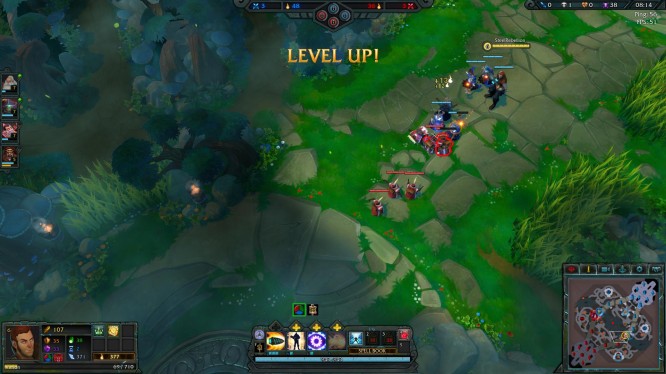
Last hitting is an important skill to master
The first thing that any player should do before jumping into a MOBA for the first time is watch the tutorial video; nearly every game has at least one. This isn’t like playing a new first-person shooter or role-playing game; not understanding basic game mechanics can easily cost your team the victory and cause them to become very upset with you. If this does happen the best thing that can be done is explain your situation to the team and ask for help. A flame war will only continue to upset players and negatively impact their ability to play.
For those who still don’t quite understand the game here are the basic concepts. There are two lanes that spawn computer controlled creeps that push towards the enemy base. Each of these lanes has three towers and a Guardian inside of the base. The goal of each team is to destroy the cores protecting the enemy’s Guardian, which will make it vulnerable, and then finish off the Guardian. There is also a jungle with various neutral creatures to kill for gold or powerful buffs. In the middle of the map is the Parasite, which can be killed by either team to obtain a gold bonus and spawn powerful striders. Additionally, there are four spirit wells in the corners of the map. These spirit wells collect gold for the controlling team and can be captured when the gray “timer” runs out and the ground opens up.
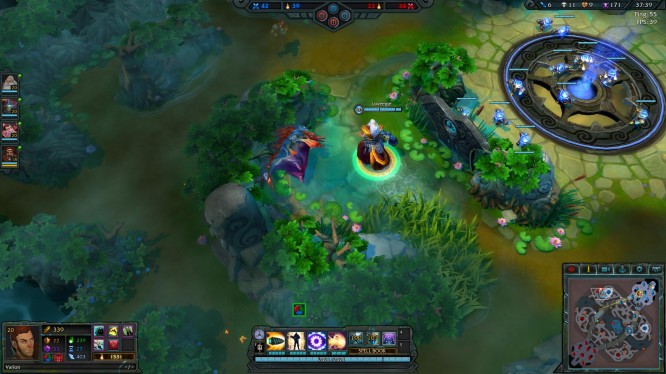
Jungle buffs provide a nice advantage
The most acceptable team formation is to have one person start in the jungle and have two players in each lane. This optimizes team gold production and minimizes vulnerabilities in their defense. Players start off with 500 gold and I would recommend that range shapers take Power, melee purchase Life, and the jungle buys Hunger. This increases the ability to harass, absorb damage, or sustain health respectively. Once the game starts the main focus will be on last hitting creeps and harassing enemy shapers, depending on which role was selected. Last hitting is still very important for gold production in Dawngate, but even missed creeps provide some gold so it’s not as essential as in other games.
The great thing about Dawngate is that every shaper isn’t necessarily pigeonholed into a specific role. In League of Legends it’s essential that an ADC (attack-damage carry) can last hit creeps and obtain a large amount of gold by farming. In Dawngate a ranged carry can choose a tactician role, and focus on harassing enemy shapers if they aren’t particularly good at last hitting and really like that character. However, that doesn’t mean that there aren’t optimal roles for specific archetypes.
Dawngate breaks shapers down into six different archetypes: Ranged Carries, Bruisers, Mages, Tanks, Assassins, and Supports. Each of these archetypes fills a certain role and a good balance of each type will ensure a smoother experience. Having five ranged carries would create a very fragile team that likely wouldn’t win many team fights, and too many supports would have terrible damage output. Generally, the best lanes have one ranged and melee shaper, with a melee bruiser or assassin as a jungle.
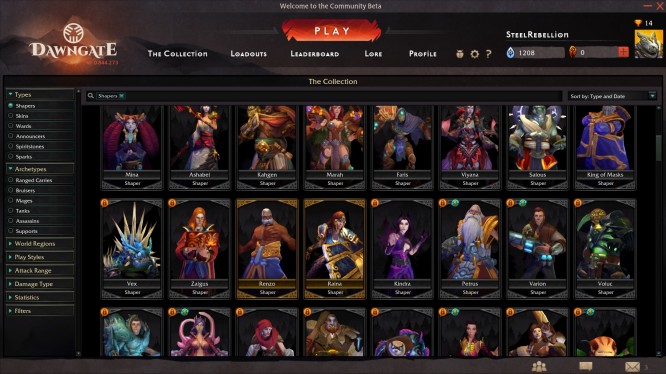
The Dawngate shaper roster is starting to fill out nicely
Playing a carry, whether it’s an ADC or mage, is one of the more difficult roles in any MOBA. They require a lot of farming, skill management, positioning and they’re usually blamed when team fights go wrong. Most carries will take Gladiator as their role in order to maximize minion farming, but tactician or predator could be acceptable in certain circumstances; they should never fill the jungle role so hunter can be avoided.
The best carries have a balance of strong damage, crowd control and mobility, but sometimes one attribute is sacrificed for another. Vex is a perfect example of this, as he has limited crowd control and almost no mobility, but if he’s left untouched he can destroy an entire enemy team. Mikella, on the other hand, has a balance of high mobility, crowd control and damage output. While mages and ADCs fill a similar high-damage role, they’re both very different in play styles and builds. Power, haste and mastery are all important for both mages and ADCs but affect them differently.
ADCs have a high power to basic attack damage ratio; therefore power should be focused on first as basic attacks are their primary source of damage. Mastery and haste should then be considered for increased critical hit chance, attack speed and movement speed. Items like Supremacy and Wisdom provide a ton of power, while Dominance and Justice provide mastery and haste. Additional effects should also be considered as items like Duress only provide haste but also root enemies in place, which creates a huge tactical advantage.
While power is still important for increasing the damage that mages’ skills do, it generally provides minimal basic attack damage. This means it’s best to look for hybrid items that provide a good amount of mastery, such as Divinity which also increases spell overload. Overload is necessary for mages as it directly increases their spell damage output without having to rely on a critical hit chance. There are also items that indirectly increase damage output like Zeal, since it decreases the cooldowns of spells and more spells equals more damage.
If carries are the late game heroes, it’s the supports and tanks that get them to that stage. A good support can make or break a lane, and contrary to similar games, supports are no weaklings in Dawngate. Both tanks and supports generally fill the same role in a lane: making sure the carry is well fed and protected. The main difference between true supports and tanks is how they are played, not the role they fill. Supports can directly help their carry, either by healing or buffing them, but have limited offensive capabilities. Tanks, on the other hand, are all about getting in the enemy’s face and slowing or stunning them so friendly shapers can secure the kill. It’s usually best for supports to take tactician, but certain melee shapers can also take gladiator, if they discuss it with their carry, to optimize income.

Harassing a spirit well is a great distraction
When building items for a support it’s important to utilize what’s best for the team and not necessarily yourself. Stacking health is always a viable option, as survivability increases time spent helping the team, but items that directly help team members are also important to consider. Empathy redirects damage from allies to your shaper and Hostility provides allies with a power and mastery bonus.
Not all supports were created equally and picking the right one can have drastic effects on the battlefield. Viyana and Raina are currently two powerhouse supports. Viyana has almost unlimited sustain and can keep the most daring carries alive. Not only does she have incredible defensive power but her ultimate can suppress an enemy and usually guarantee a kill. Raina is a durable tank with a slow, charge and area of effect stun, which makes it almost impossible to escape her. In capable hands, the right support can mean the difference between winning or losing a crucial team fight.
Assassins are deadly, maneuverable, flashy and scale well throughout most of the game. These guys, along with bruisers who fill a similar role, usually stick to the jungle, but they can also lane fairly effectively. Kindra and Freia are two of the more popular assassins in Dawngate, and because of their high mobility and burst they’re generally not seen until it’s too late. The biggest downfall with assassins is that they’re generally difficult to play and require good timing and coordination. Ganking too early or too late could mean missing a kill or ending up dead.

Don’t get greedy
Not only are assassins difficult to play, but their build also requires adapting to the enemy. There’s a lot of flexibility with their items, but focusing too much on health can impair ganking ability and glass cannon builds tend to die often. Defiance is a core part of Kindra’s build as it provides huge survivability and resets her non-ultimate cooldowns when she drops below 50% health. Since her skills also reset on kills, Defiance alone could swing a losing 1 vs 2 into a double kill for Kindra. Pursuit and Inevitability also great options for catching enemies alone in the jungle because of their slowing effects. It’s generally a good idea to watch others play assassins before trying one out yourself, as it can quickly become a frustrating experience.
Loadouts are one of the most unique and customizable aspects of Dawngate that can provide unique bonuses to shapers. Initially players are provided with a default set of spiritstones and sparks, but more are earned by playing games and unlocking them with Destiny points. Three grids are unlocked at the start and more can be purchased for additional setups. This makes it possible to have a unique setup for each role or even every shaper if enough Destiny was earned or Waypoints purchased.
While many players might want to stack power or test interesting abilities at first, maximizing health can have a huge impact on the early game. An additional 150 health points can make a more significant impact in the first few levels as opposed to 20 attack damage. Most of the abilities take up a large portion of the grid and are fairly situational, although Rogue and Warden can provide useful benefits to junglers. The most important thing to remember about loadouts, however, is to fill up the entire space and always match sparks to their appropriate color. If this isn’t done correctly then the spiritstone bonus won’t activate and a lot of attribute points will be wasted.
It’s impossible go over every possible situation that could ever occur in Dawngate, but there are a few scenarios that are seen quite frequently. First, it’s important to always know where your enemy is and especially so before engaging enemies in your lane. If the enemy is blatantly putting himself in a vulnerable position his jungler might be preparing for a gank. Instead of 100 percent committing, harass the enemy shaper and then back off, forcing either a premature gank or the jungler to simply leave the vicinity. Alternatively, if your jungler is about to gank, try baiting out the enemy team with an injured shaper. With a 3 on 2 advantage it’s likely that your team will come out ahead in the trade.
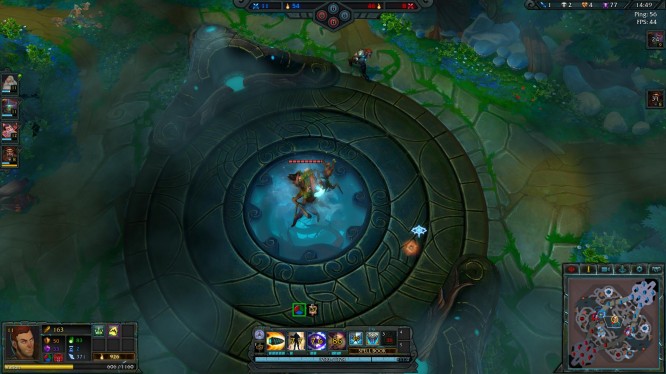
There should always be a ward on the Parasite
Split pushing, while slightly more difficult in Dawngate, can also be used as a late game strategy. By sending four shapers to one lane and one highly mobile shaper to the other, it forces the enemy team to either commit all five to the large group or try and hold them off while two or three chase the lone player. If the single player is caught and outnumbered it will usually result in the loss of a tower or two for the enemy team. This can also be achieved early game, to some extent, by harassing/capturing spirit wells.
Finally, the Parasite is truly a game changer in Dawngate and should never ever be overlooked. Taking out the Parasite is equivalent to killing the Dragon and destroying two Inhibitors in League of Legends. This means that from midgame on, there should always be a ward near the Parasite. Constant vision will allow the chance to kill an enemy team while engaging the Parasite, or even steal it, and completely flip the tempo of the game. If you suspect the enemy has vision on the Parasite, which they should, it can also be used to bait a weaker enemy team into a fight, creating a chance to end the game.
Hopefully this guide provided you with some insight into the roles and strategies of Dawngate. If you have any comments or questions please let me know and I’ll try my best to help out. Until then, see you on the battlefield!
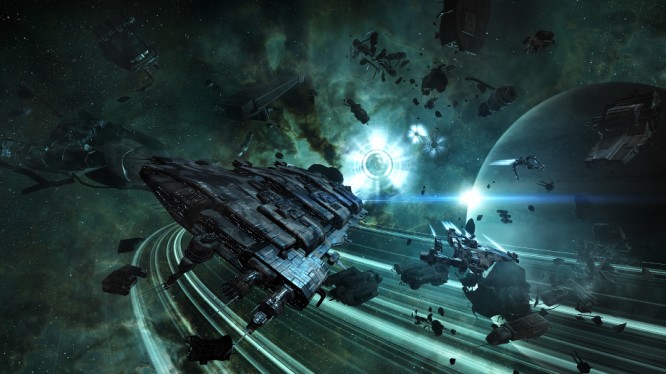
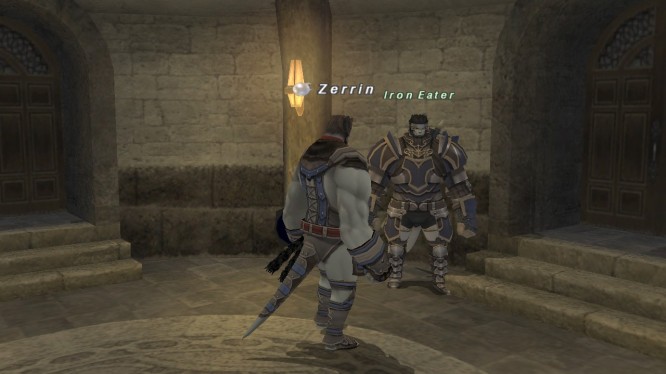
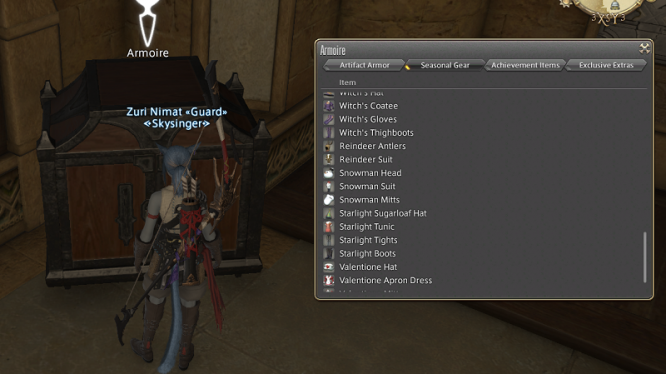
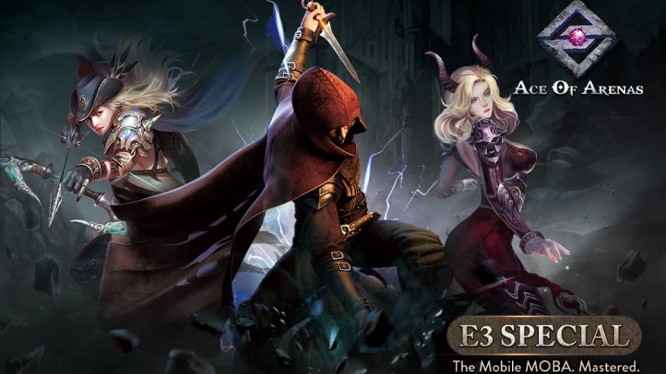
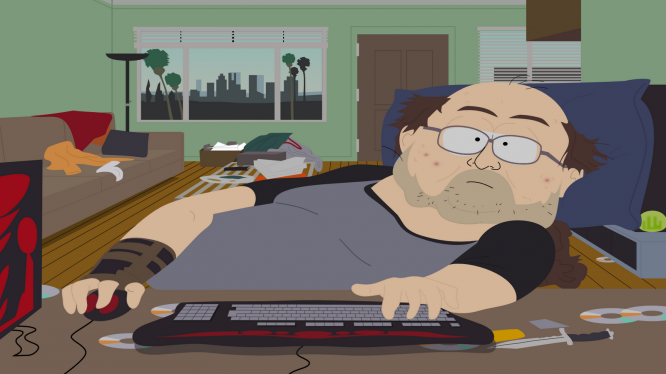 WoW Wednesday: Avoiding the Warcraft Burnout .
WoW Wednesday: Avoiding the Warcraft Burnout .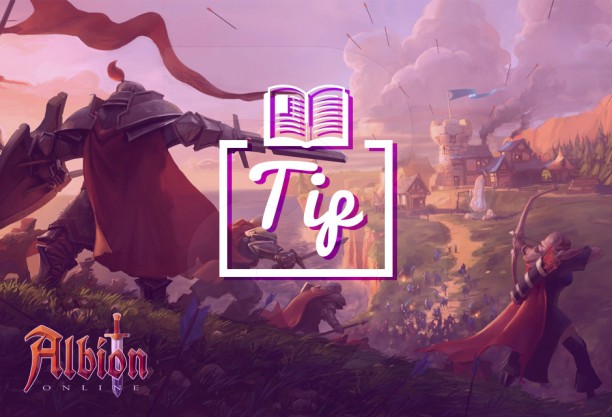 Albion Online: Guide for Beginners
Albion Online: Guide for Beginners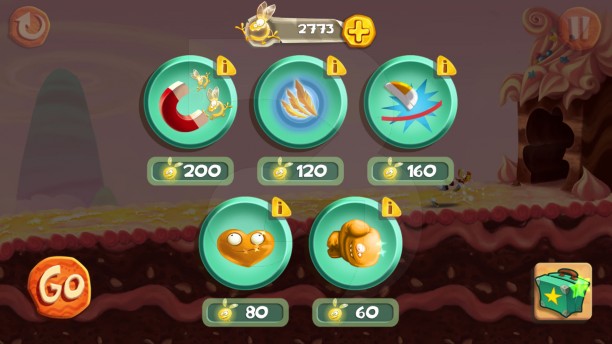 Rayman Fiesta Run: Explaining the Nifty Buffs
Rayman Fiesta Run: Explaining the Nifty Buffs Plants vs. Zombies 2: A Tip for Level 25 of Frostbite Caves
Plants vs. Zombies 2: A Tip for Level 25 of Frostbite Caves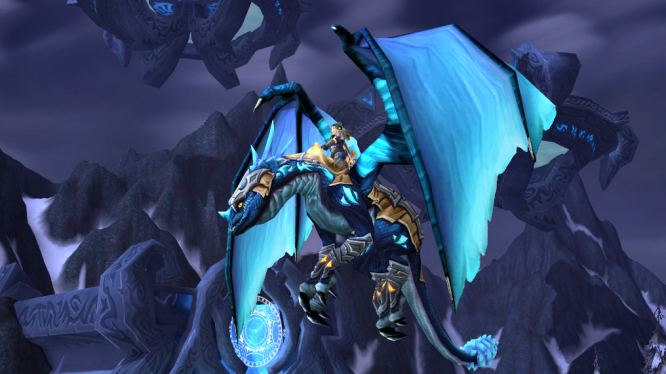 WoW Wednesday: An Empty Horizon .
WoW Wednesday: An Empty Horizon .